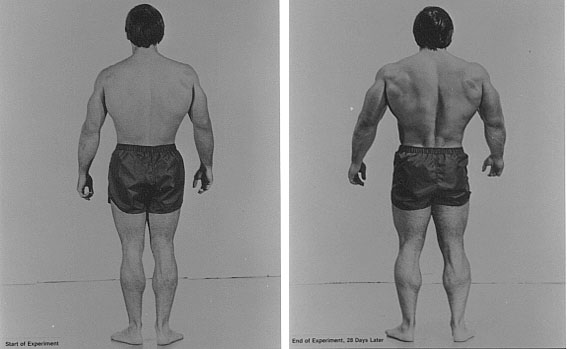I am a creature of consistency. I have lived in the same house since the day I was brought home from the hospital and I attended only one primary school and one high school. Therefore, describing my potential career in new media with words such as “project-based, freelance, short-term contracts, multi-sited and mobile” makes me a little uncomfortable (Leong 2011).
However, it seems these concepts underpin working life in the new media field and if I choose to make new media the basis of my career it’s something I would begrudgingly adapt to.
Jai Morton (2011) discussed her desire for “a consistent role that provides me with sufficient income” when she enters the job market after completing her degree. I wholeheartedly share that dream. Unfortunately, after reading Gill’s (2007) article it seems a career in new media will be anything but stable.
  |
| Although the prospect at the top is enticing, I don't want to end up in a situation similar to the image below it. Image sources: (T) http://www.cartoonstock.com/newscartoons/cartoonists/mbc/lowres/mbcn277l.jpg (B) http://technodiaries.files.wordpress.com/2010/11/freelancing-2-final.jpg |
I don’t want to worry about unsteady workflow, potential social isolation and lack of affordable workspaces associated with freelancing (Gill 2007, 26). However, I don’t know if isolation would be a real problem because it seems you have to constantly be networking, with one of Gill’s (2007, 26) respondents saying “Monday night is the only night I don’t have networking drinks” (Sonia, female, 30s). This networking merry-go-round could be an extra stress in life as one respondent, Danielle said, “Life is a pitch.” I don’t find this idea very appealing (Gill 2007, 26).
I think I’ll stick to a 9 to 5 job where “my time” remains largely separated from my “employer’s time” (Leong 2011).
Reference List
Gill, Rosalind. 2007. Technobohemians or the new Cybertariat: New media work in Amsterdam a decade after the web. Amsterdam: Institute of Network Cultures, Amsterdam. Accessed April 28, 2011. http://networkcultures.org/wpmu/portal/publications/network-notebooks/technobohemians-or-the-new-cybertariat/
Leong, Susan. 2011. “KCB206 New Media: Internet Self & Beyond: Week 7 Lecture Notes.” Accessed April 28, 2011.
Morton, Jai. 2011. “Media professionals – adaptors to change,” New Media Native, April 25. Accessed April 28, 2011. http://jailouisemedia.blogspot.com/2011/04/future-of-new-media.html


